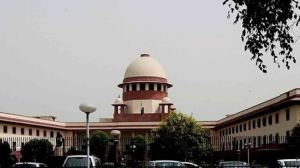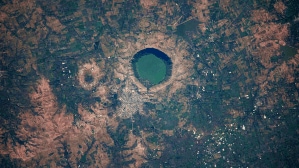Supply-side,rising wages hit RBI options
Now,all eyes are likely to be on GDP data for Q1 of 2012-13 GDP,to be released Friday.
There is a fundamental difference between the policy approaches adopted by the RBI and the US Federal Reserve when faced with weak economic conditions.
While it can be argued that the inflationary environments in India and the US offer a very divergent picture,it remains a fact that whereas the Fed has thrown every instrument in the monetary policy armoury so as to prevent the economy sliding into a deflationary trap,the RBI has been more prudent about growth and has preferred to focus on inflation,even at the risk of worsening stagflation. Now,all eyes are likely to be on India’s GDP figures for the first quarter of 2012-13 GDP,to be released on Friday. If the numbers do not show a marked improvement,as is being widely predicted,analysts see the RBI having little choice but to moderate its inflation-fighting stance and embrace monetary loosening before it becomes too late to stop a downward spiral. But the jury is still out on the impact of monetary easing,if it does come through.
The main worry is about how effective monetary loosening would prove to be at a time when food inflation continues to be a clear and present danger,even more so in the wake of the subdued south-west monsoons.
A major factor from the demand side contributing to the persistence of food price inflation,which caused a generalisation of inflation and fueled inflationary expectations,is the sharp,and continuing,increase in rural wages. This clearly comes out in a CRISIL research (based on preliminary NSSO data for 2011-12) released on Wednesday,which showed that for the first time since Indias economic reforms began two decades ago,consumption in rural India grew faster than in urban India,with spending by rural India between 2009-10 and 2011-12 estimated at Rs 3.75 lakh crore,significantly higher than Rs 2.99 lakh crore spent by urban folk.
Underpinning this growth in rural consumption is a strong increase in rural incomes due to rising non-farm employment opportunities and the increased rural spending through employment generation schemes,corroborated by labour bureau data that points to the fact that the annual growth in nominal wages in both rural agricultural and non-agricultural sectors almost tripled during the post-crisis period as compared to the earlier high growth phase.
The surge in real wages was significantly higher than the rate of growth of GDP in the agriculture and allied sector (See table).
As a result,inflation in India has acquired a structural character in absence of adequate supply response,clearly borne out from the fact that a surge in wages has not been matched with a rise in productivity,especially in agriculture. In the wake of the structural changes to the economy and continuing increase in wages,as long as the supply response is inadequate,monetary easing by the RBI could only have a limited impact. The ball clearly is in the governments court.



- 01
- 02
- 03
- 04
- 05




























